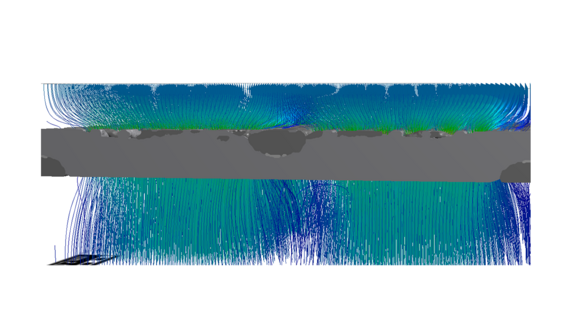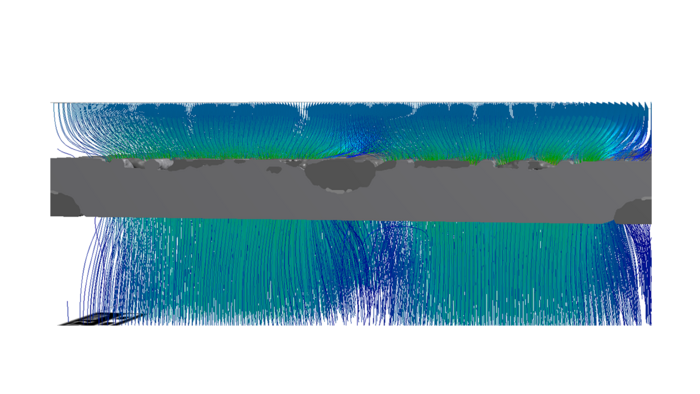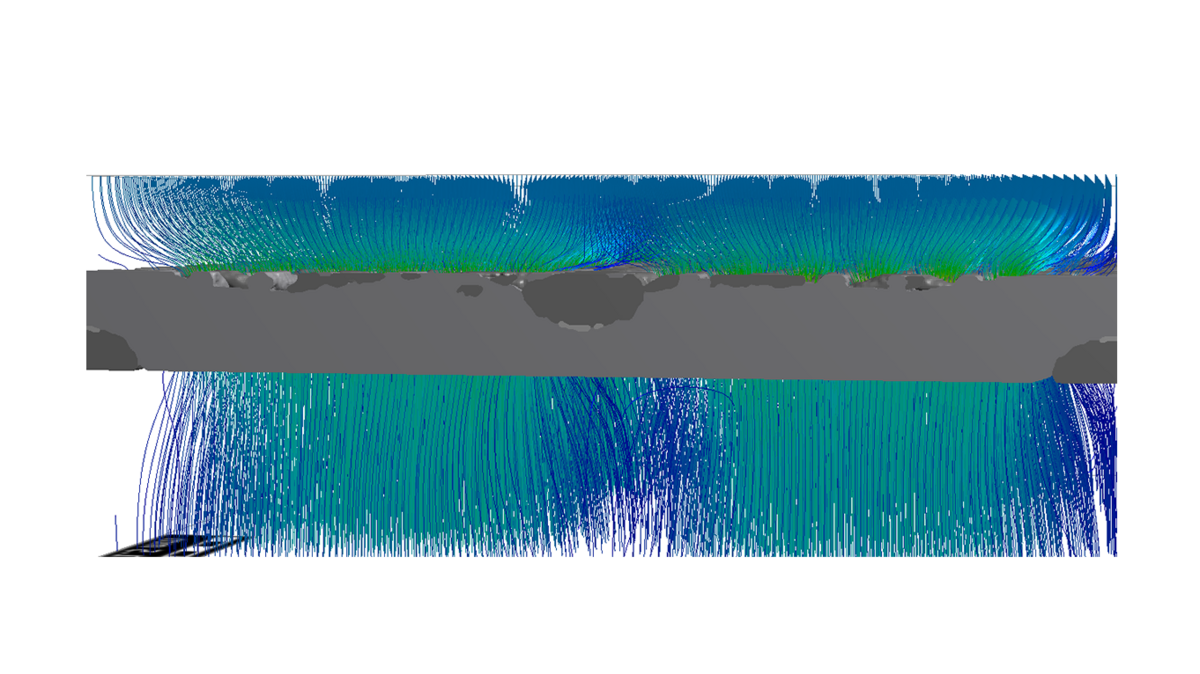H2EXSTOP: Safe hydrogen technology for the energy transition



Haver & Boecker OHG is participating in the pioneering H2EXSTOP project, which was launched in April 2024 and is funded by the German Federal Ministry of Education and Research. The project's goal is to establish fundamental principles for explosion isolation when using hydrogen across the entire value chain – from production and storage to transport and utilization.



The project's focus is on the development and characterization of composite materials that serve as a key component in protection and safety concepts for explosion isolation. Haver & Boecker contributes its decades of expertise: “Composite materials made from wire mesh have been used in explosion protection applications for years,” explains Frank Meyer, Head of Research and Development at Haver & Boecker's Wire Weaving Division. “Through the H2EXSTOP project, we are advancing these key technologies to meet the specific requirements of hydrogen applications, making a significant contribution to the energy transition.” Based on these composite materials, fundamental safety and protection concepts will be developed for selected applications, and their suitability will be tested through explosion and endurance burning tests. Ultimately, the aim is to establish basic concepts for explosion protection decoupling mechanisms for hydrogen, which will serve as a foundation for the development of solutions that can be standardised.
The project consortium brings together experts from science and industry, including Haver & Boecker OHG, the Physikalisch-Technische Bundesanstalt (PTB), the Ernst Abbe University of Applied Sciences Jena, R. STAHL Schaltgeräte GmbH, and PROTEGO Braunschweiger Flammenfilter GmbH. Together, the project partners are laying the groundwork for explosion-proof hydrogen technologies, enhancing the competitiveness of German companies on a global scale.
About the Project



The project was launched in spring 2024, will run for three years, and has a total budget of 2.6 million euros. The German Federal Ministry of Education and Research is funding the project with 1.8 million euros, with the remaining financing provided by the participating companies.




